‘Toxic Uniform’ Scandal Rages On: American Airlines Flight Attendants Push Ahead With California Lawsuit After Defeat in Illinois
- The long-running legal war over the 'toxic uniform' scandal at American Airlines is far from over and flight attendants are suing for millions of dollars
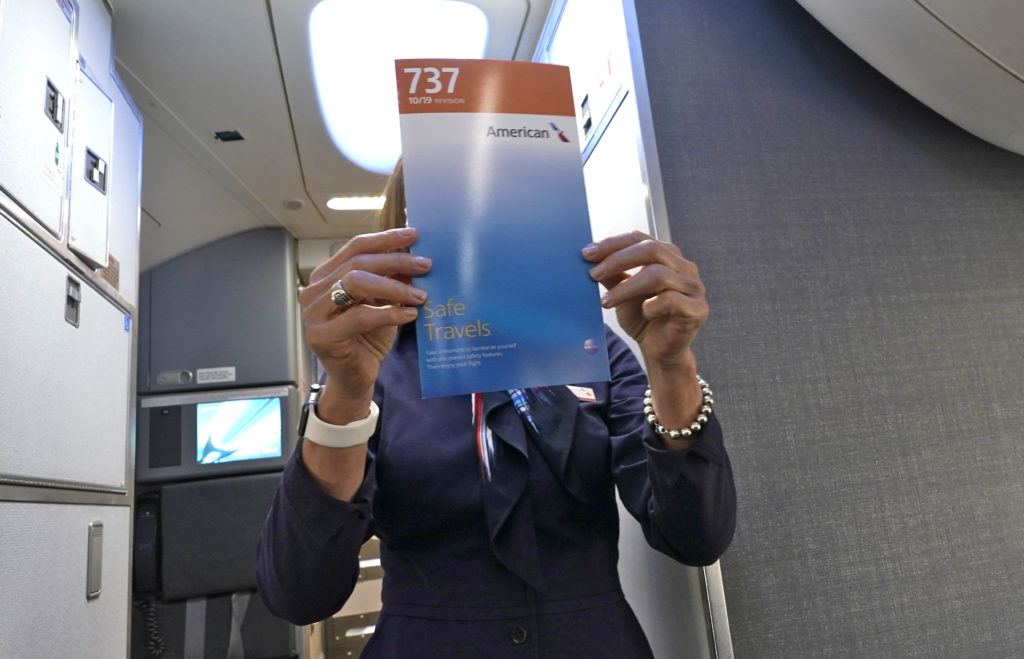
Last week, a long-running lawsuit brought by a group of American Airlines flight attendants over a ‘toxic uniform’ scandal were delivered a fatal blow after a Illinois court issued a summary judgment in favor of the airline and the uniform manufacturer, Twin Hill.
After nearly eight years of litigation, a triumph for American Airlines and Twin Hill meant defeat for the group of bellwether flight attendants who had hoped to convince the court that a new uniform rolled out in 2016 caused them serious health problems due to chemicals used in its manufacture.

A Crushing Defeat in Illinois
To summarize a lengthy ruling from U.S. District Judge John Tharp Jr, the flight attendants and a slew of expert witnesses they had called in to make their case couldn’t prove that the uniforms had caused their various health complaints.
Yes, the flight attendants had endured rashes, hives, breathing difficulties and other significant health issues but there wasn’t enough admissable evidence to link these health problems with the new uniform.
You might, therefore, think that would be the end of the matter but you would be wong, as a second group of American Airlines flight attendants are pursuing a second claim in a California court over the same issue.
California Court Delivers a Stunning Win for Flight Attendants
And unlike in Illinois, this group of flight attendants have already had a major victory after a Alameda Superior Court jury found that Twin Hill was responsbile for ‘debilitating illnesses’ suffered by four bellwether flight attendants.
The jury in the 2023 court victory awarded the flight attendants more than $1 million in compensation and opened up the case for a second bellwether trial which could get underway in the next few months.
If the jury in this trial also sides with the flight attendants then thousands more cases could be filed against American Airlines and Twin Hill.
The Toxic Uniform Scandal Explained
The story behind the toxic uniform scandal started in 2015 when American Airlines first partnered with Twin Hill to produce a new line of uniforms for 65,000 pilots, flight attendants, and customer service agents.
Initial wear tests among a small group of employees highlighted potential skin reactions to the garments, but independent scientific testing of the material concluded that while two chemicals found in the uniform had the potential to cause “sensitization,” all the other chemicals were unlikely to cause reactions.
A second wear test in Fall 2015 resulted in some employees reporting a chemical-like smell from the uniforms, but again, the testing company said that the chemicals it found in the garments lacked irritation potential.
Having been given the all-clear, American Airlines rolled out its new uniform in September 2016, and it wasn’t long before the carrier was inundated with complaints from employees about their new threads via a special hotline and webpage created by flight attendant unions.
Chemical Culprits: What Was In the Uniforms?
Lawyers representing some of the flight attendants in California say the Twin Hill uniforms were contaminated with formaldehyde which caused a slew of health complaints, including rashes, hives, respiratory problems, headaches, and throat irritations.
Along with formaldehyde, indepedent chemical testing of the uniforms also revealed the presence of 15 other chemicals that have been “known to cause dermatological, respiratory, neurologic and allergenic/immunological conditions.”
Within months of rolling out the Twin Hill uniforms, American Airlines was forced to start allowing flight attendants to wear off-the-rack clothes, although some crew members said they were suffered reactions just by being in the presence of a coworker wearing the official uniform.
American Airlines quickly ditched Twin Hill as a supplier and signed a new deal with Lands’ End, which managed to roll out an updated uniform without any major issues.
The ‘Toxic Uniform’ Scandal Timeline
2015

American Airlines partners with Twin Hill to develop new uniform collection for pilots, flight attendants and customer service staff
Fall 2015
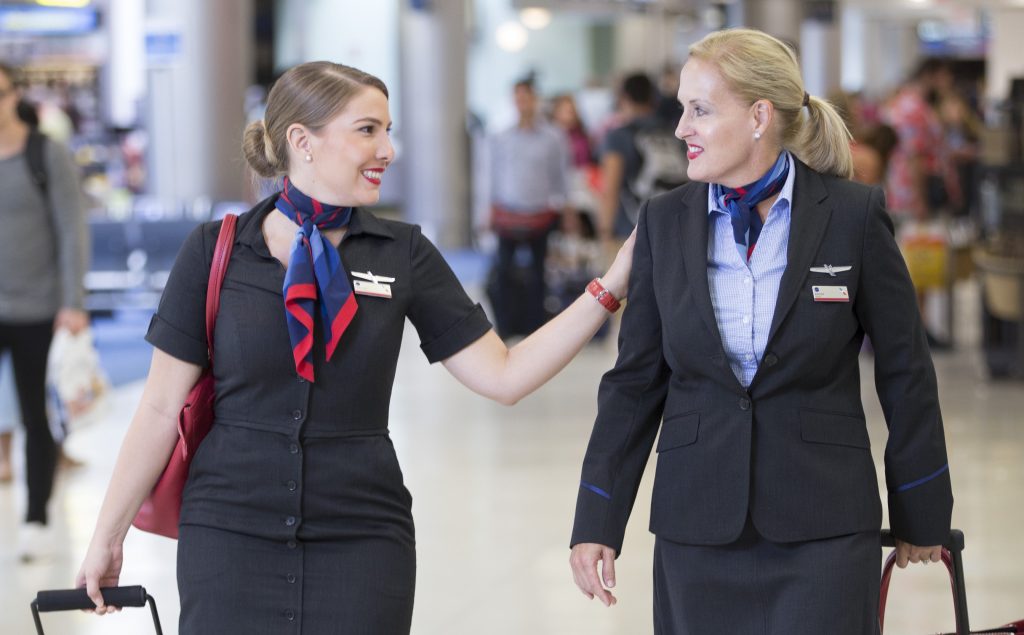
Two wear tests brought up issues with chemicals in the uniform but American Airlines was given the greenlight to push ahead with the rollout
September 2016

American Airlines rolls out new Twin Hill uniform to 65,000 staff
Late 2016

American Airlines was inundated with complaints from employees about reactions from the new uniforms
Early 2017
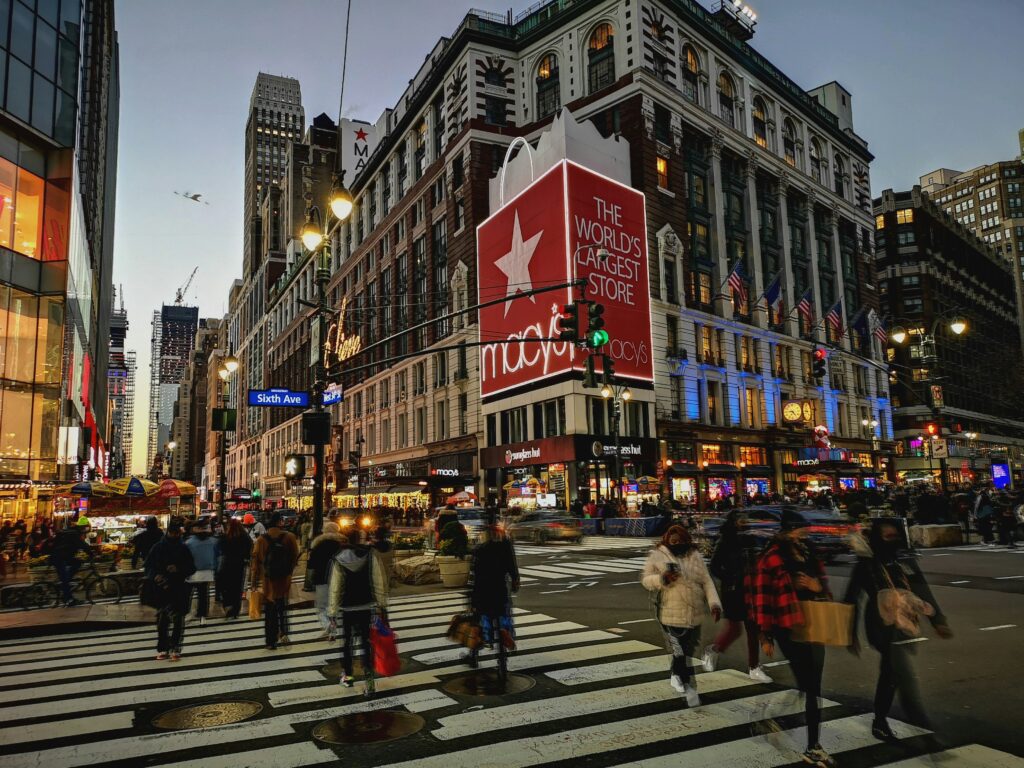
American Airlines allows flight attendants to start buying off-the-rack garments instead of the Twin Hill issued uniform
Mid-2017
Flight attendants file lawsuits in California and Illinois against Twin Hill and American Airlines
March 2020
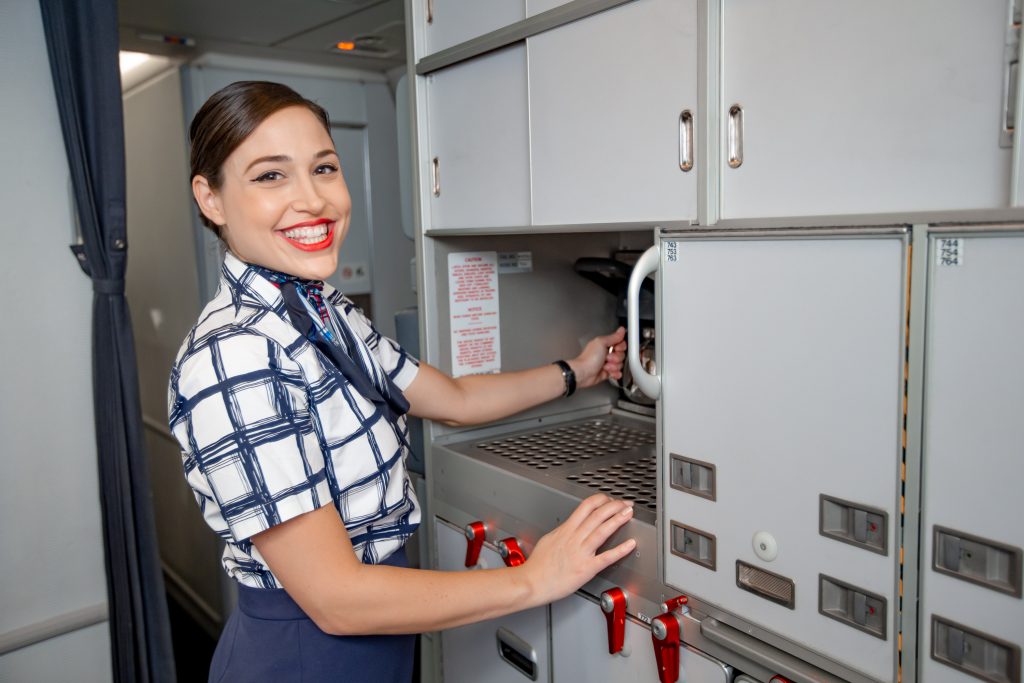
American Airlines rolls out new uniform from Lands’ End
2023
American Airlines flight attendants win first bellwether case in a California court
Jury awards flight attendants more than $1 million damages
April 2025
Illinois district judge rules in favor of Twin Hill and American Airlines
2025
Second bellwether case in California set to get underway
Related
Mateusz Maszczynski honed his skills as an international flight attendant at the most prominent airline in the Middle East and has been flying ever since... most recently for a well known European airline. Matt is passionate about the aviation industry and has become an expert in passenger experience and human-centric stories. Always keeping an ear close to the ground, Matt's industry insights, analysis and news coverage is frequently relied upon by some of the biggest names in journalism.
